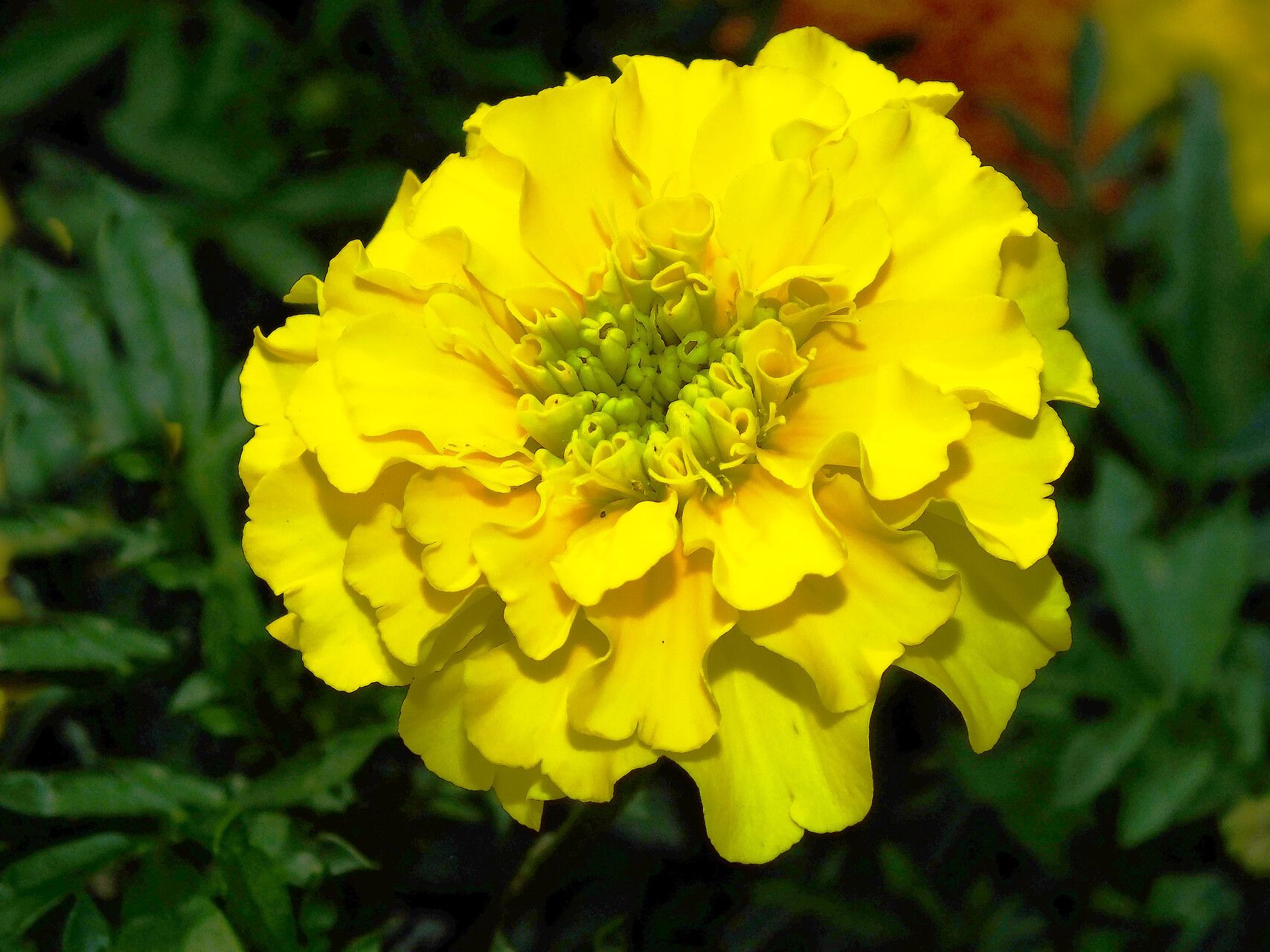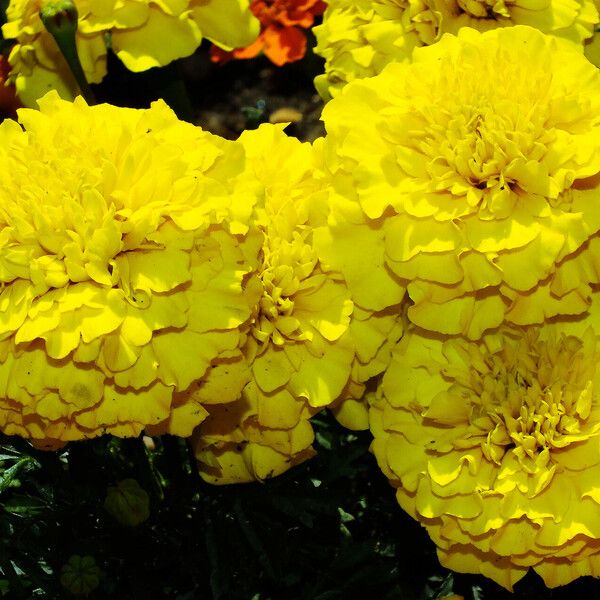Observación
Determinación
Proposed determination
Nombre probable (Nombre sometido)
100 %Confidence score
Suggest another determination
You don’t agree with the suggested species but don’t have another suggestion
Comentarios
Datos adicionales
Fecha de creación
6 de jul. de 2024
Revisado por última vez
6 de jul. de 2024
Łódź, Botanical Garden
It is native to Mexico and Central America.
Ornamental plant.
Edible plant - the petals of the flowers of some varieties can be eaten; the fresh receptacle is eaten by children; a yellow dye obtained from the flowers can be used as a saffron substitute for colouring and flavouring foods; the plant is used as a condiment (?).
Herbal plant - The whole herb is anthelmintic, aromatic, digestive, diuretic, emmenagogue, sedative and stomachic; it is used internally in the treatment of indigestion, colic, severe constipation, coughs and dysentery; externally, it is used to treat sores, ulcers, eczema. sore eyes and rheumatism; the leaves are harvested as required for immediate use during the growing season, whilst the flowering plant can be dried and stored for later use; a paste of the leavs is applied externally to treat boils, carbuncles and earaches; the flowers are carminitive, diuretic and vermifuge; a decoction is used to treat colds, and mumps; it is applied externally to treat skin diseases, conjunctivitis and sore eyes; the root is laxative.
Useful plant - secretions from the roots of growing plants have an insecticidal effect on the soil, effective against nematodes and to some extent against keeled slugs.







